Staccato Technique for Classical Guitar
To play staccato means to play very short notes. This is indicated in music notation by a small dot directly above or below the note. Guitarists can produce a staccato note in a variety of different ways. Each of these methods will be explained in this lesson, accompanied by a short demonstration video of the technique.

1. Plucking Hand Staccato
It is possible to play staccato notes using just the plucking hand. For right handed guitarists, this will usually be the right hand. This is achieved by instantly placing one of the fingers back on the string immediately after the note has been played. When the finger touches the string, it will stop the note from ringing and produce a very short staccato note.
2. Fretting Hand Staccato – By Lifting
Guitarists can produce a staccato note using the fretting hand by releasing the pressure on the fretted note immediately after playing. By lifting the finger, the note ceases to ring. When using this method of staccato, it is best to keep some contact with the string whilst still releasing the pressure. In other words, lift the finger enough to stop the note, but not so much that your finger actually loses contact with the string.
3. Fretting Hand Staccato – By Muting
The final method of staccato for guitarists is to mute the strings with the fretting hand after playing. This method involves the most effort and movement, so is not advised for fast passages of staccato notes.
To play staccato in this way, use one or more of your fretting hand fingers to touch the strings immediately after playing a note. This will kill the sound completely and produce a very clean sounding staccato note. Be careful not to slap down on the frets because this will produce an unwanted sound.
Combining Staccato Methods
There are limitations to using a single method of staccato. For example, when using plucking hand staccato and changing from a higher string to a lower string, it is sometimes difficult to stop the higher string from ringing whilst simultaneously preparing to play the next note of the melody. Because of this, it is not advisable to rely on this method of playing staccato on it’s own when playing long or fast passages of staccato notes.
Similarly, whilst just releasing the pressure with your fretting hand will produce a staccato note, you may notice some other sympathetic resonance from the other strings when using this method alone.
To achieve a truly clean staccato note, it is advisable to use a combination of staccato methods wherever possible. It is even possible to combine all 3 methods of playing staccato described in this lesson. This will give you a very clean staccato note.


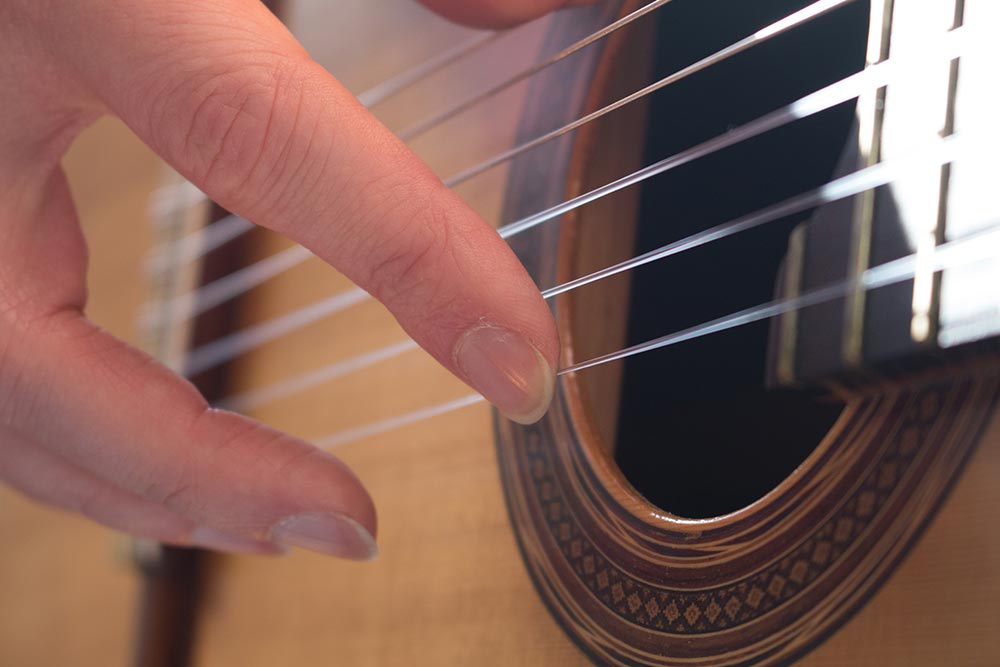
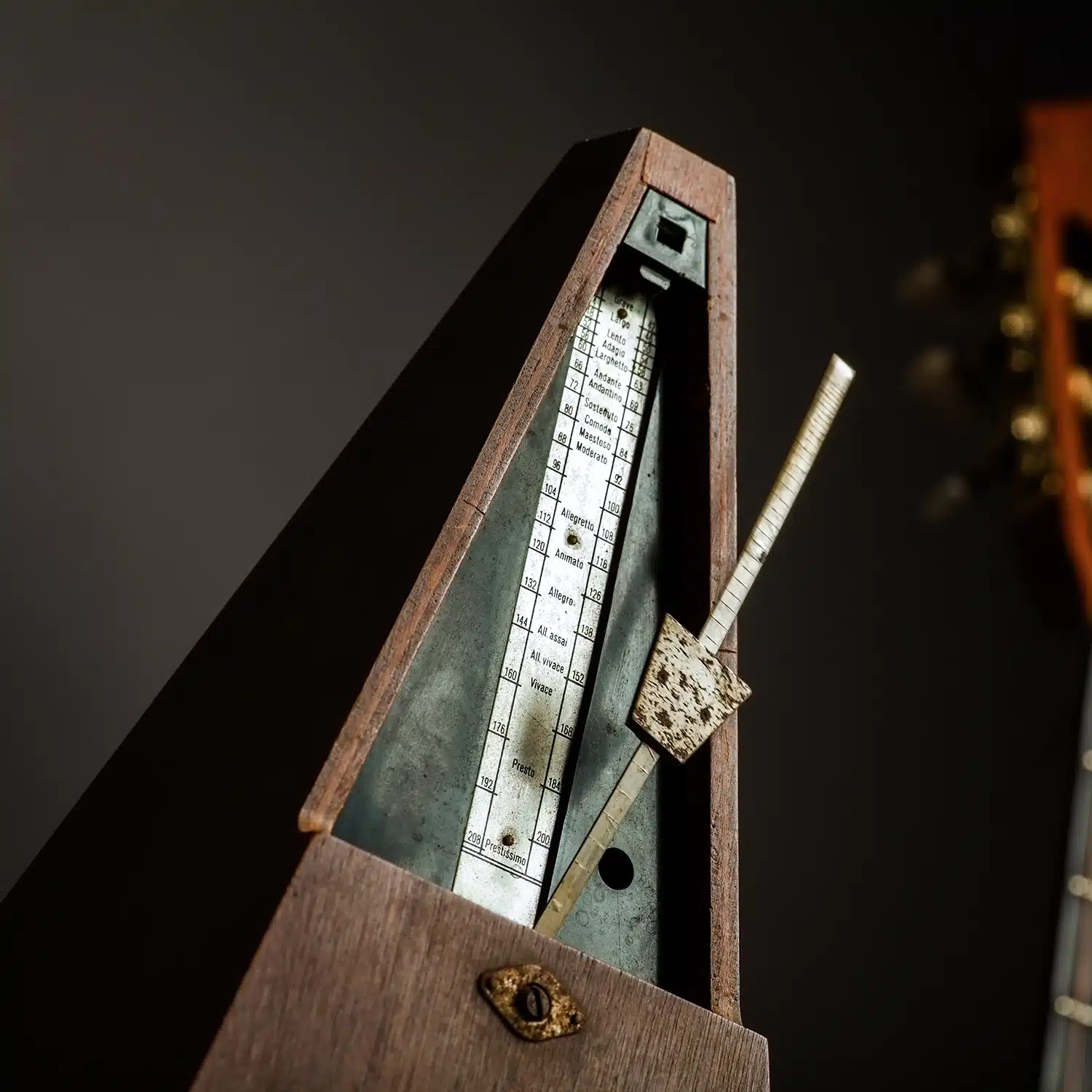
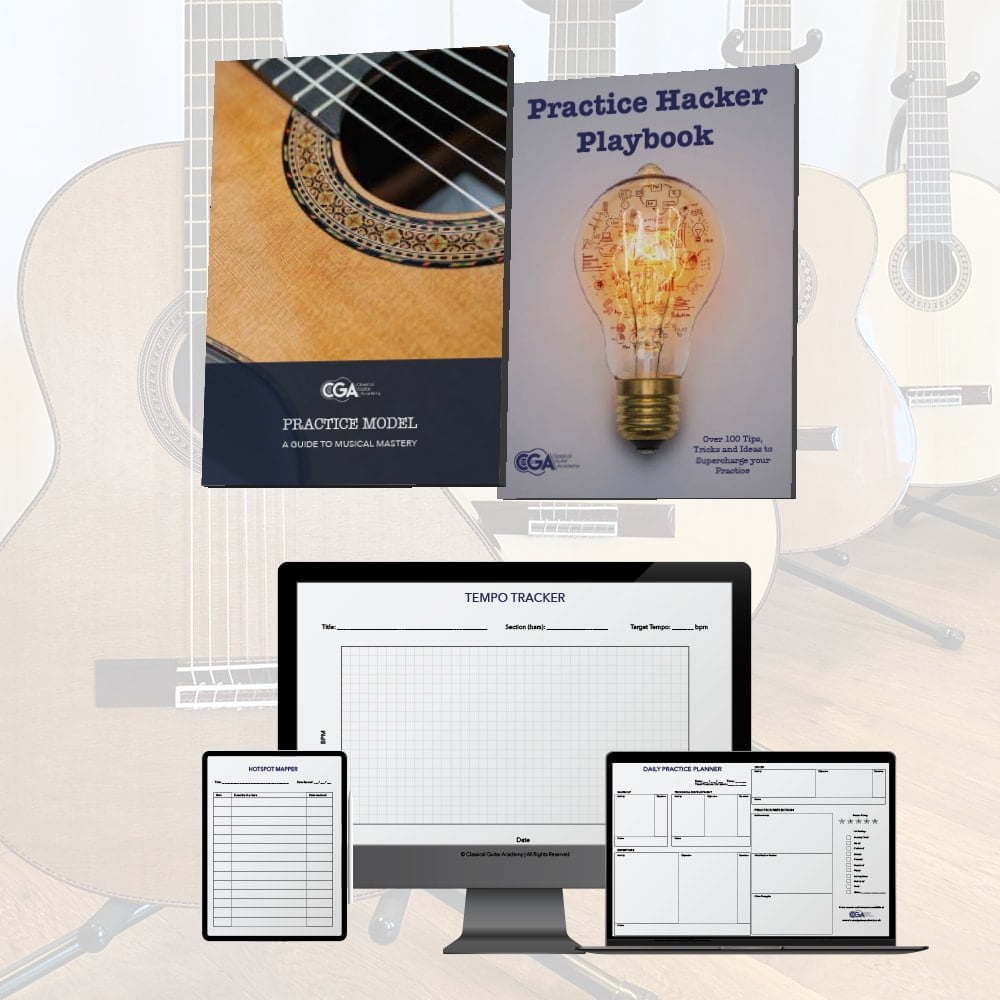

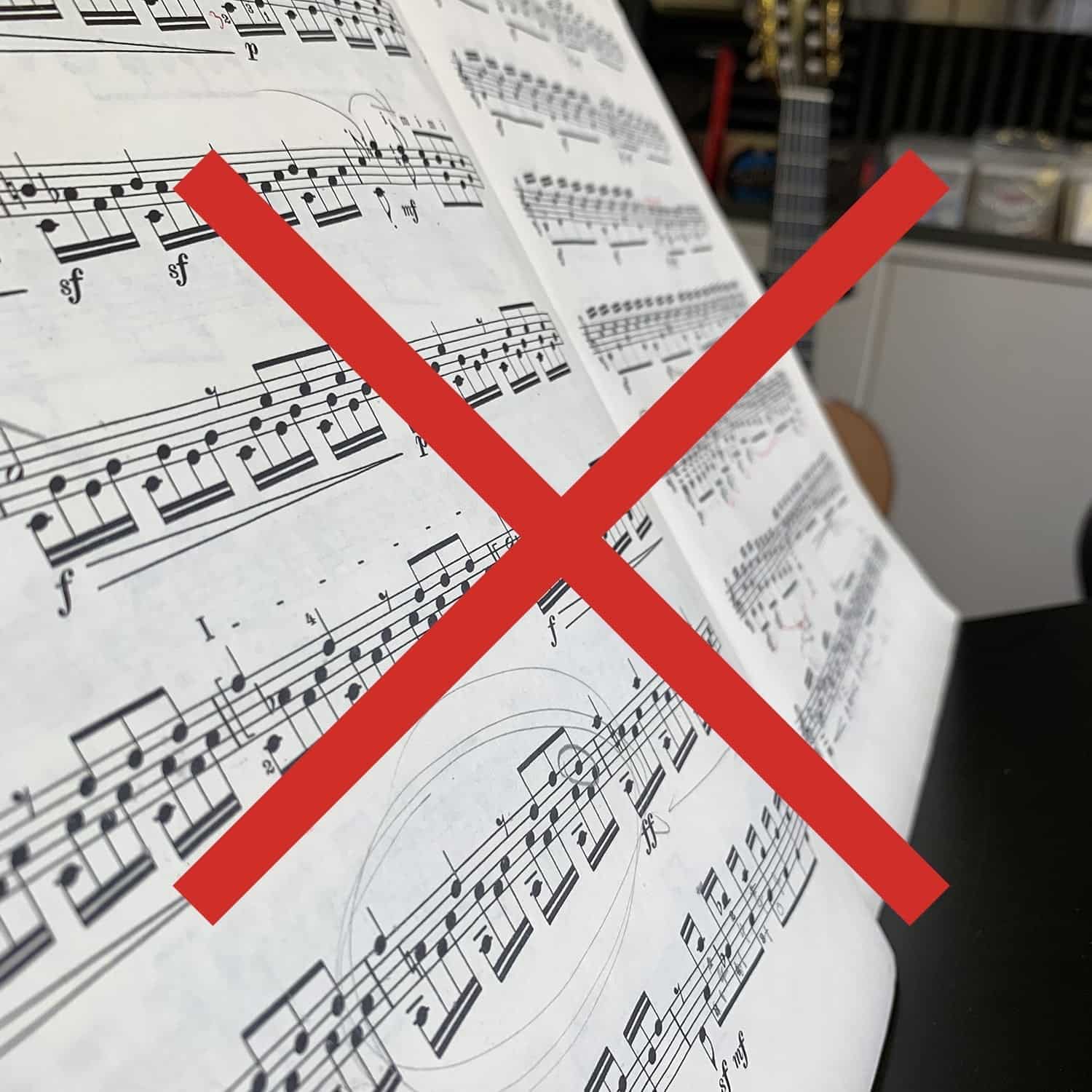







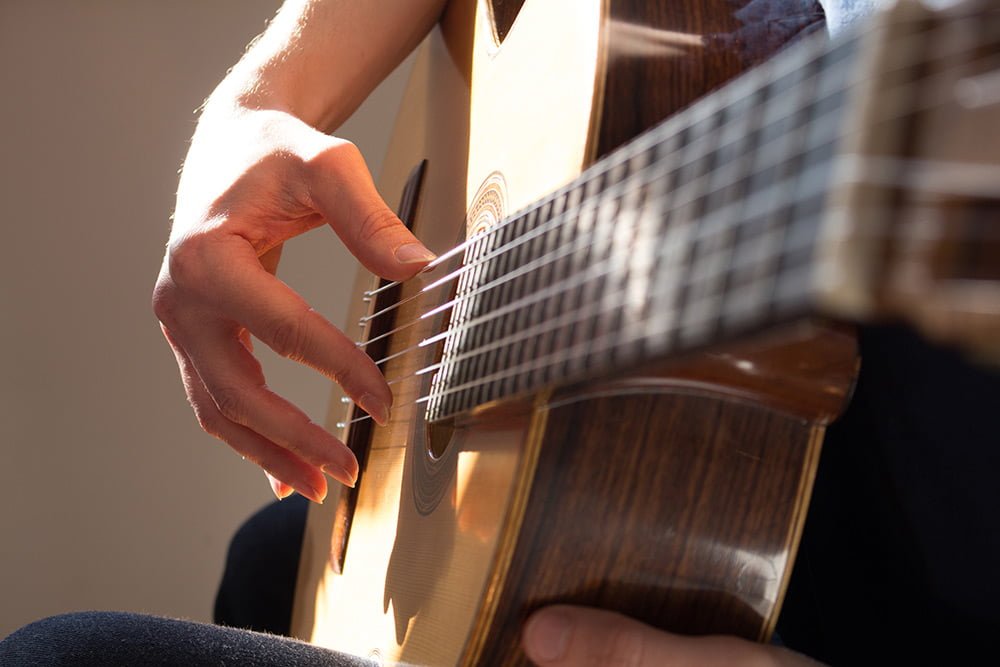
Very good and clearly described! I myself uses all methods, singel or in combination depending on what musical effect I strive for. So, my advice is to think that music is the aim and technic is the mean. Think music first and then choose articulation technic. Don´t forget it is music you want to create.
Thank you Rolf. You make a great point about the music coming first. A guitarist’s technique is always just a vehicle for playing musically.
Thank you for this, Ed. The descriptions are excellent, concise and useful. I will put these in my “notebook”.
Thanks Dr Argondizza. It’s good to hear from you after all this time! I hope things are going well for you up in Scotland.
It is interesting, actually. “Staccato” literally means separated or divided. So perhaps in addition to, or maybe even instead of, positing that to play staccato is to play short notes, one would do well to note that staccato implies a space between the notes. This information may be particularly useful in slower tempos.
Also, in addition to being careful not to allow sympathetic resonance when lifting the left hand—if that’s the hand with which staccato articulation is being executed—one must pay attention to harmonics. For example, attempting a left-hand staccato at frets five, seven, or twelve, where the natural harmonics are especially potent, may produce an unwanted harmonic.
Thanks for your comment. I’ll consider editing the article to mention that the duration of the note does not change, but the amount of time it ‘rings’ for on the guitar does change (becomes shorter). I think this might help to make it clearer for those with no prior knowledge of staccato as it applies to music.
You make a good point about the sympathetic resonance. To achieve very clear notes it is important to utilise 2 or 3 methods of playing staccato, as suggested in this lesson. It is also possible to hear sympathetic resonance when playing other notes besides those found on frets 5, 7 and 12, so care must be taken at all times.